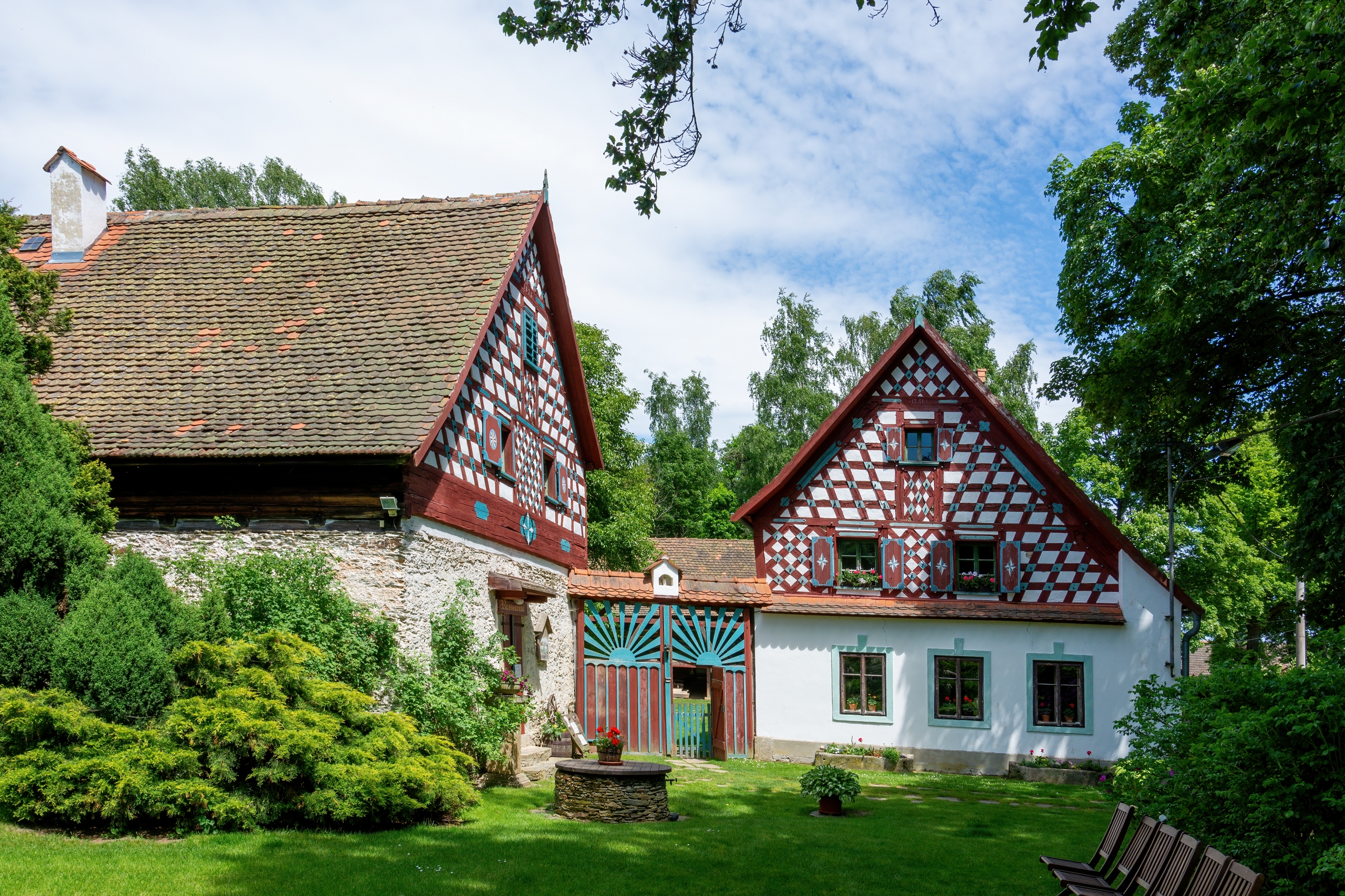

The Doubrava open-air museum is an important cultural treasure of the Karlovy Vary Region, which presents the history, culture and traditional way of life of the people in this area. This open museum complex preserves and makes available to the public historical buildings, objects and traditions The largest concentration of well-preserved Cheb half-timbered farmhouses can be found in Doubrava, which led to its designation as a village conservation area in 1996. The village is a characteristic example of Cheb folk architecture with the oldest surviving half-timbered farmhouse dating from 1751, which now houses the Museum of Agriculture and Folk Culture.
The village of Doubrava was founded at the beginning of the 14th century and is an example of typical medieval colonial settlements. After World War II, the original German inhabitants were displaced and new inhabitants, mostly Czechs, moved into the village. However, in the 1950s they were forced to leave Doubrava due to collectivization and Cold War tensions. As a result, the buildings were abandoned for several years. It was only after 1968 that cottagers began to buy back the farmhouses that had been used as holiday properties. Thanks to them, the farmhouses were preserved in their original state, as there was no need to modernise them for agricultural purposes.
The Doubrava open-air museum contributes to sustainable tourism and the promotion of the local economy, and thus plays a key role in the preservation and dissemination of the cultural heritage of the Karlovy Vary Region. A visit to the Doubrava open-air museum is an unforgettable experience for anyone interested in the history, culture and traditions of the region, and provides visitors with an active involvement in a traditional way of life.